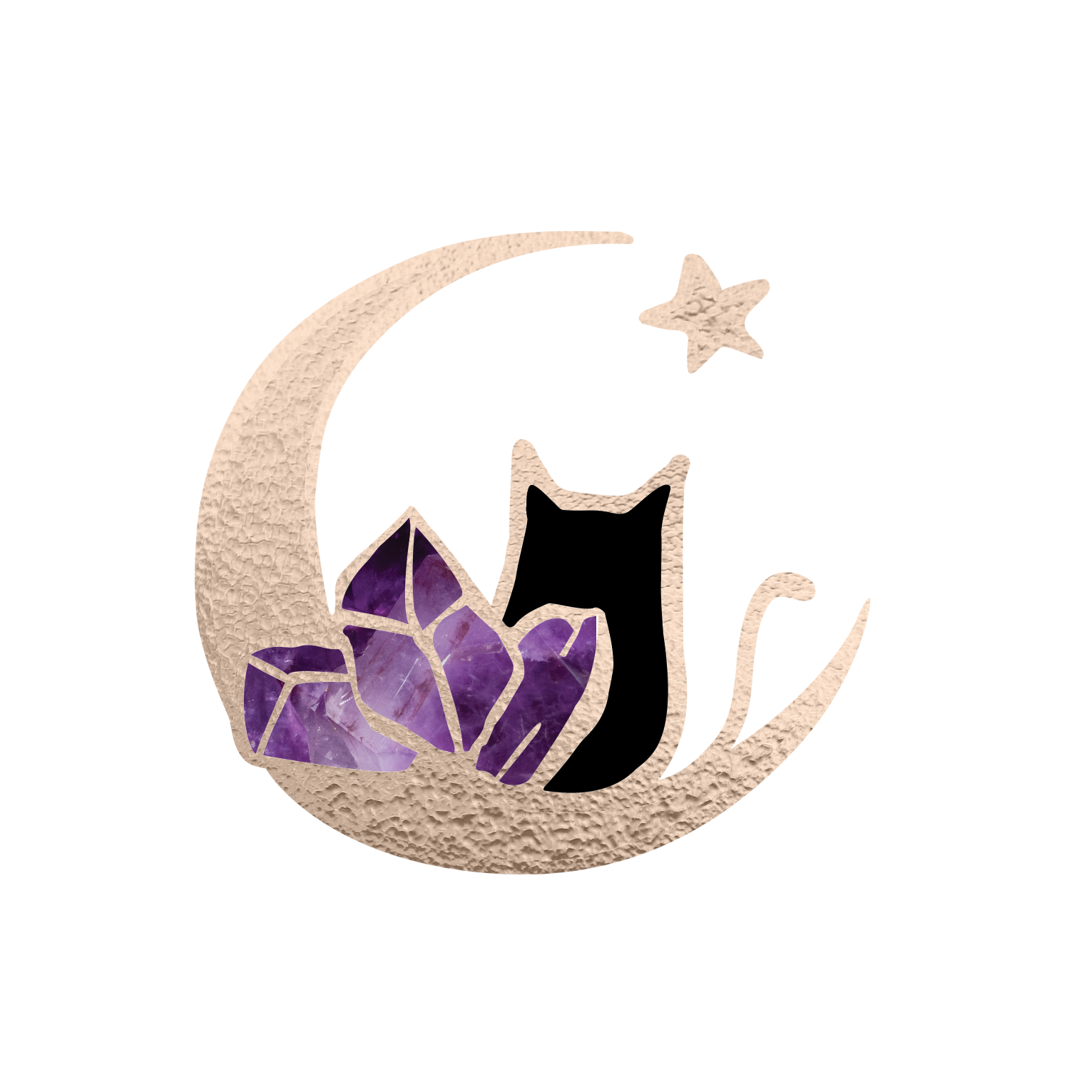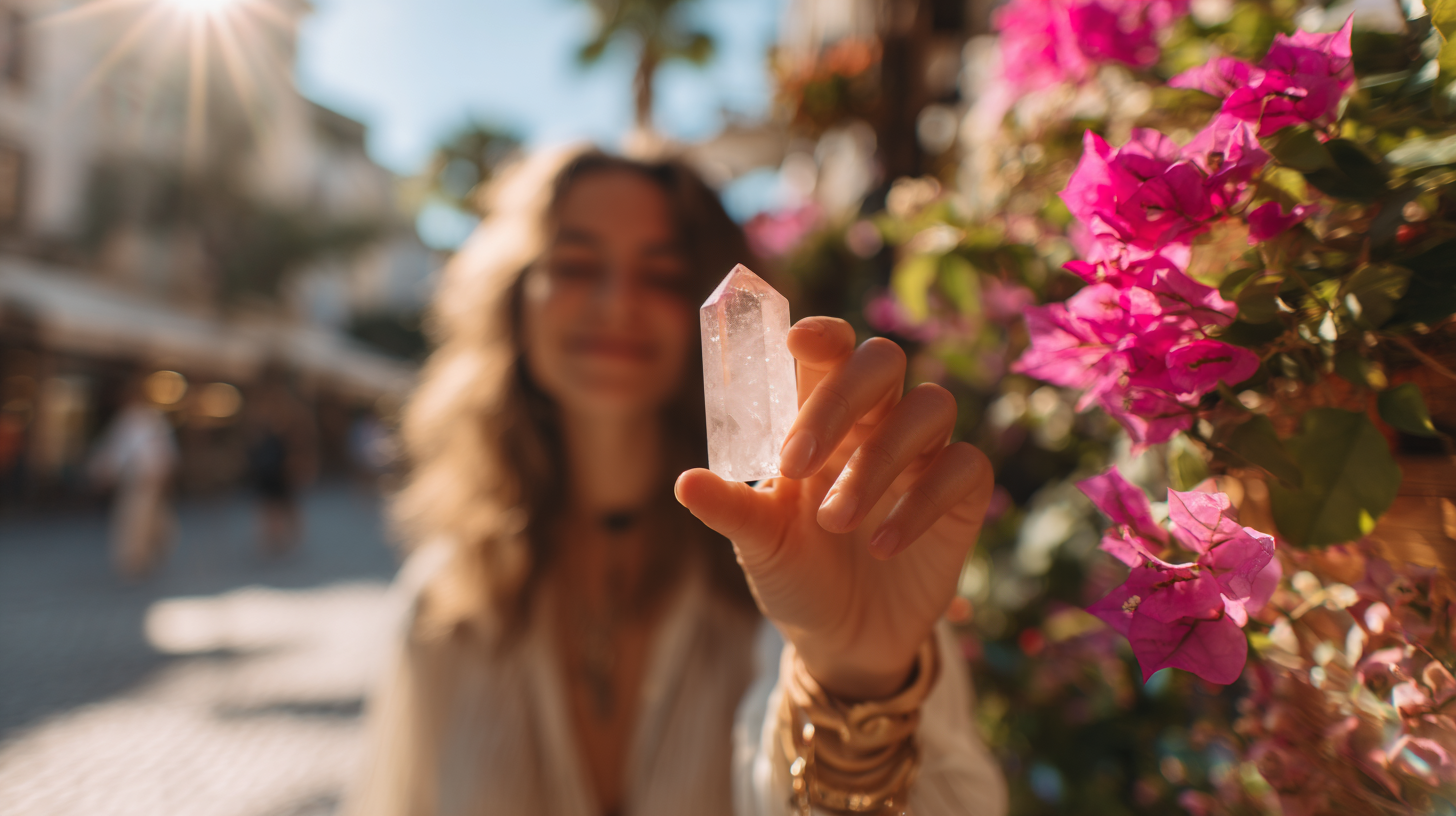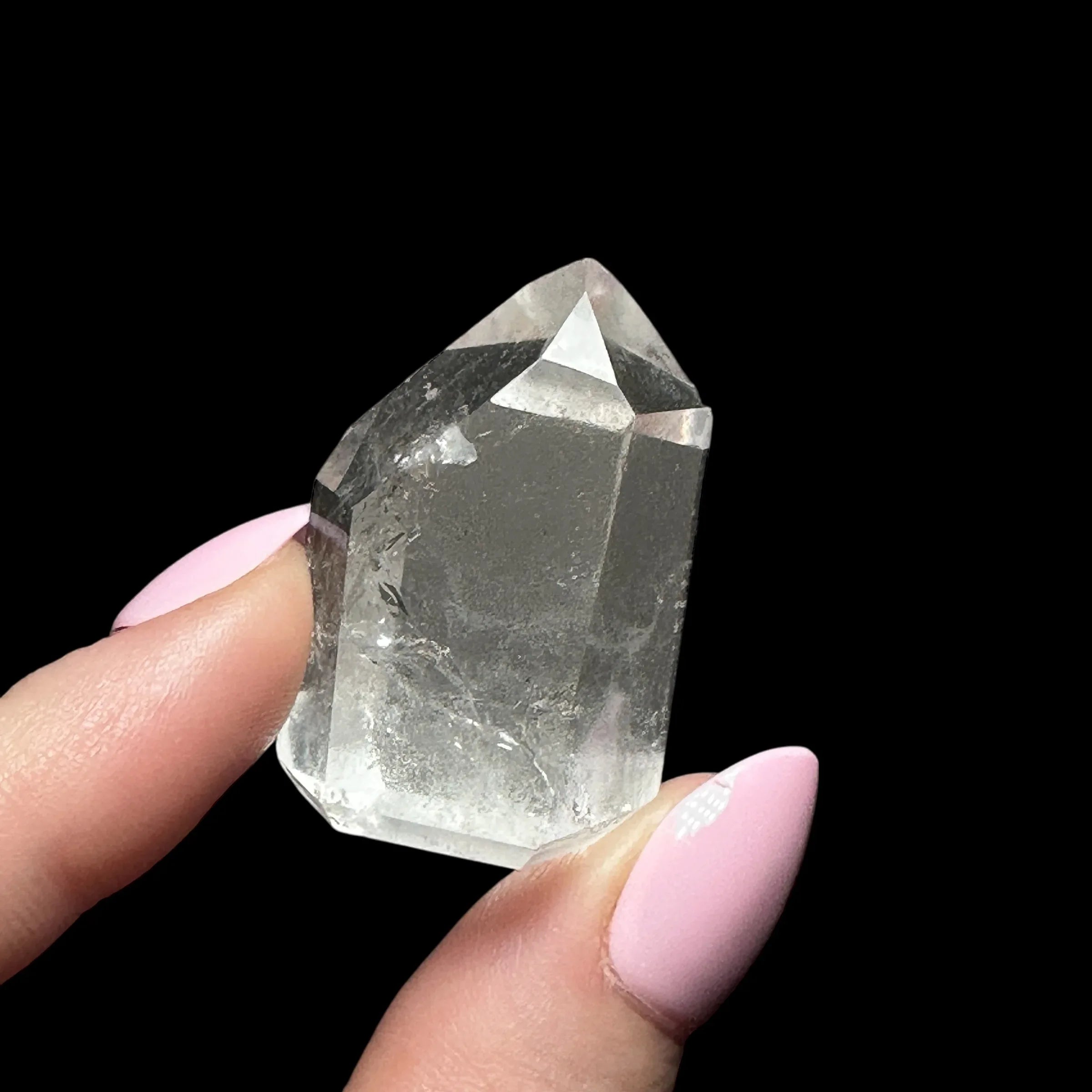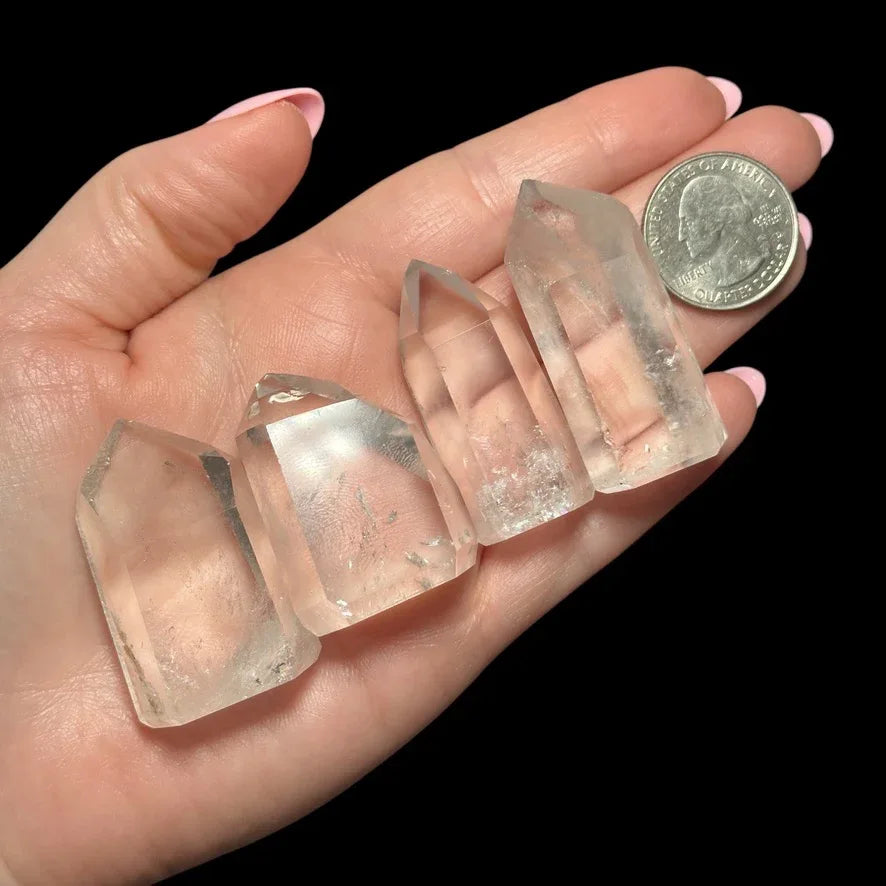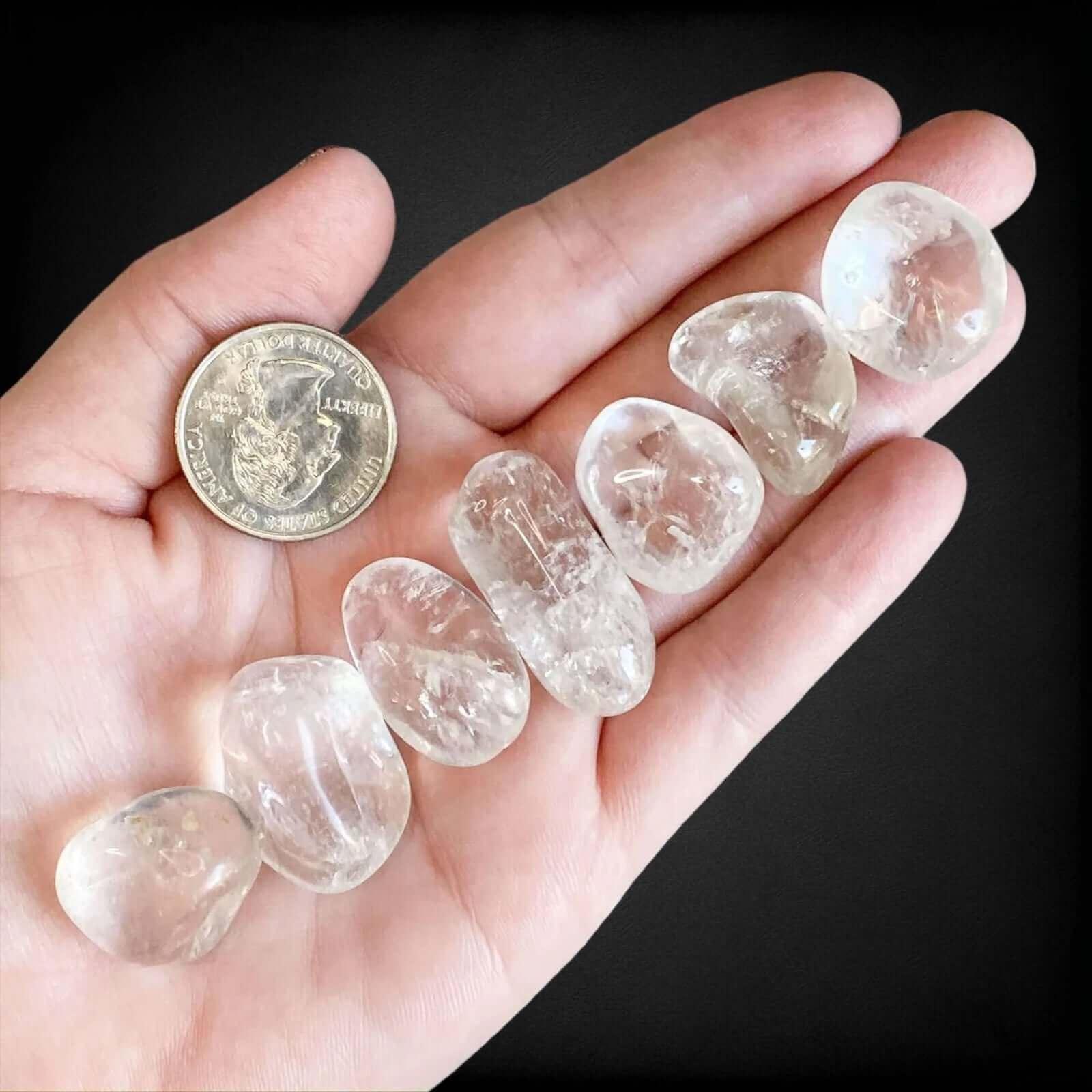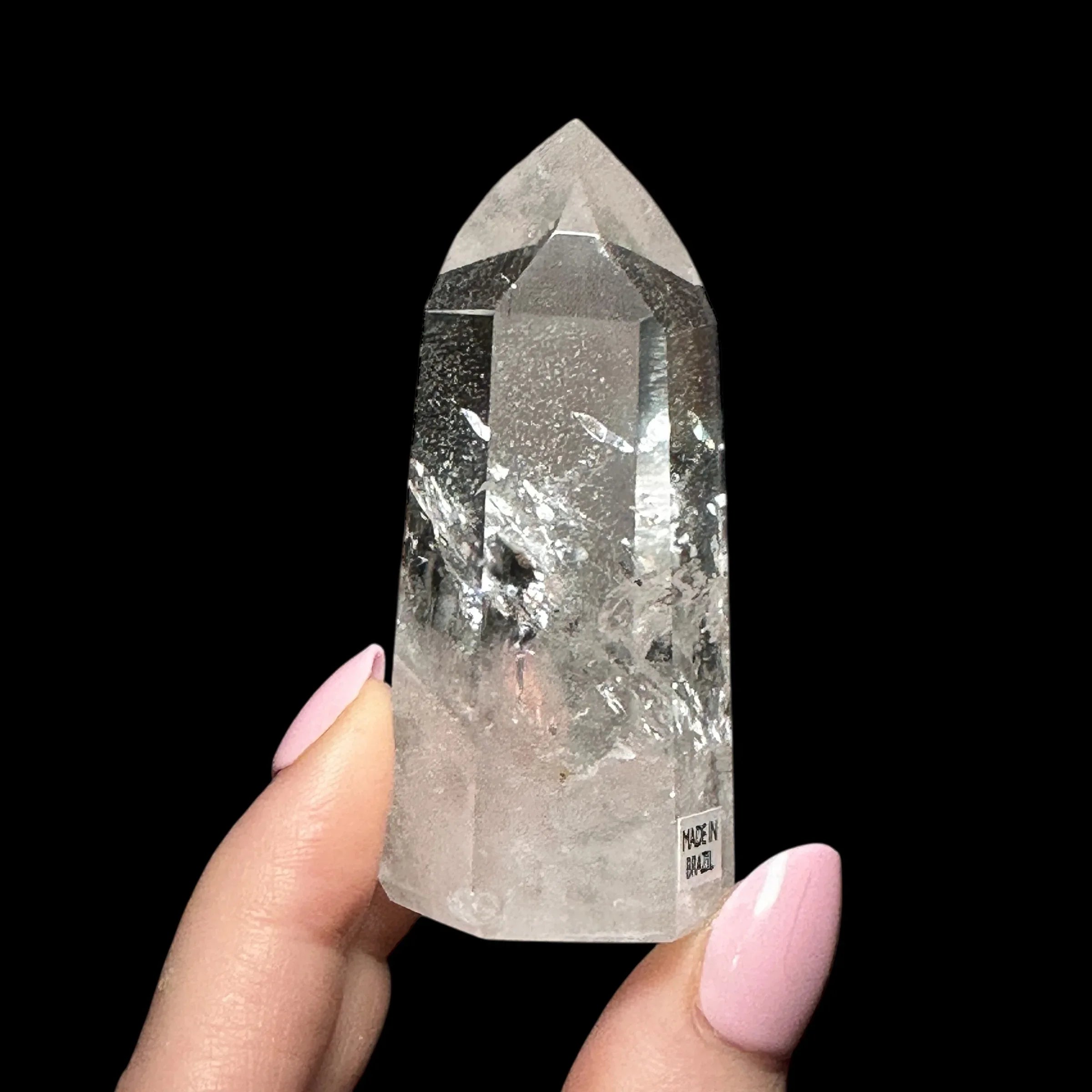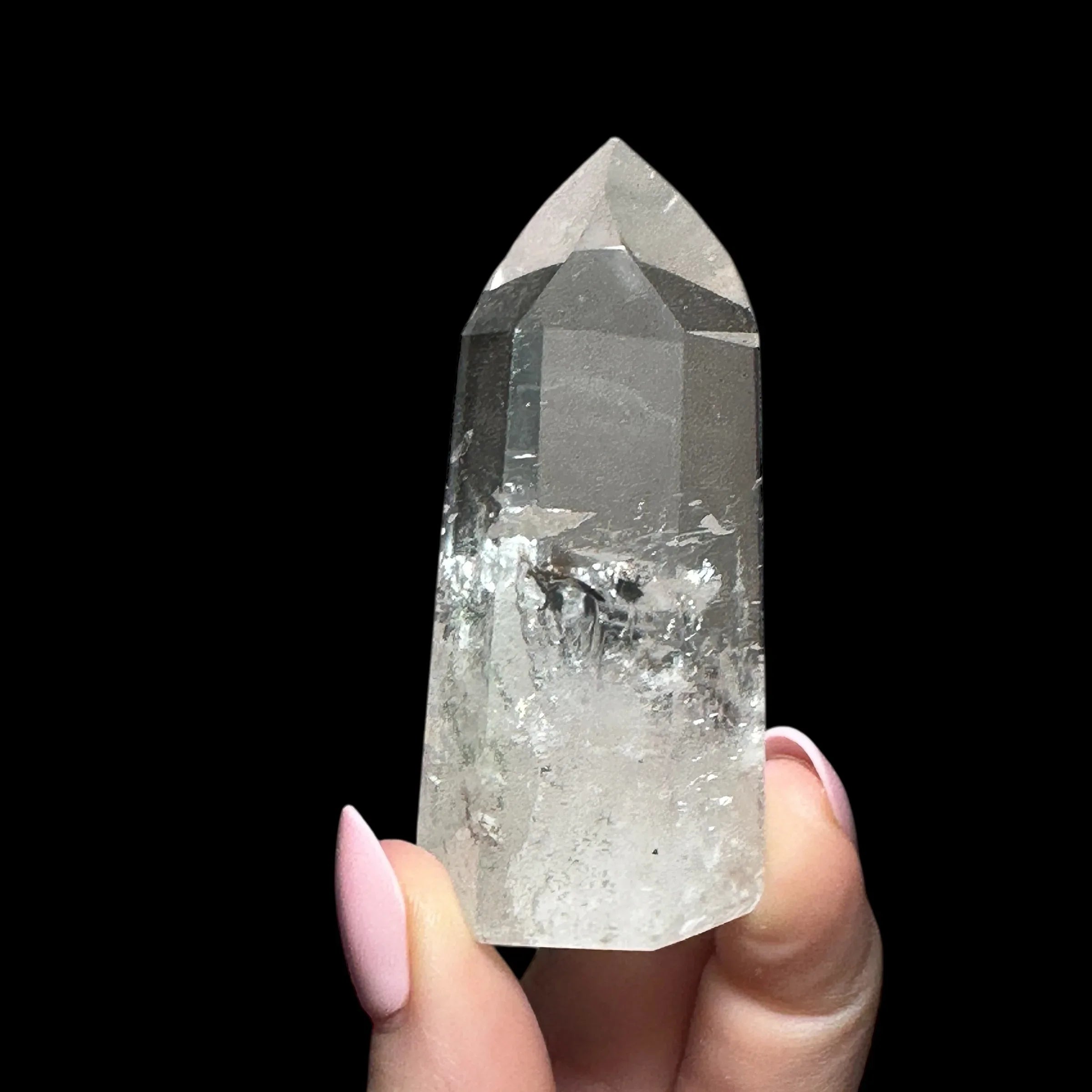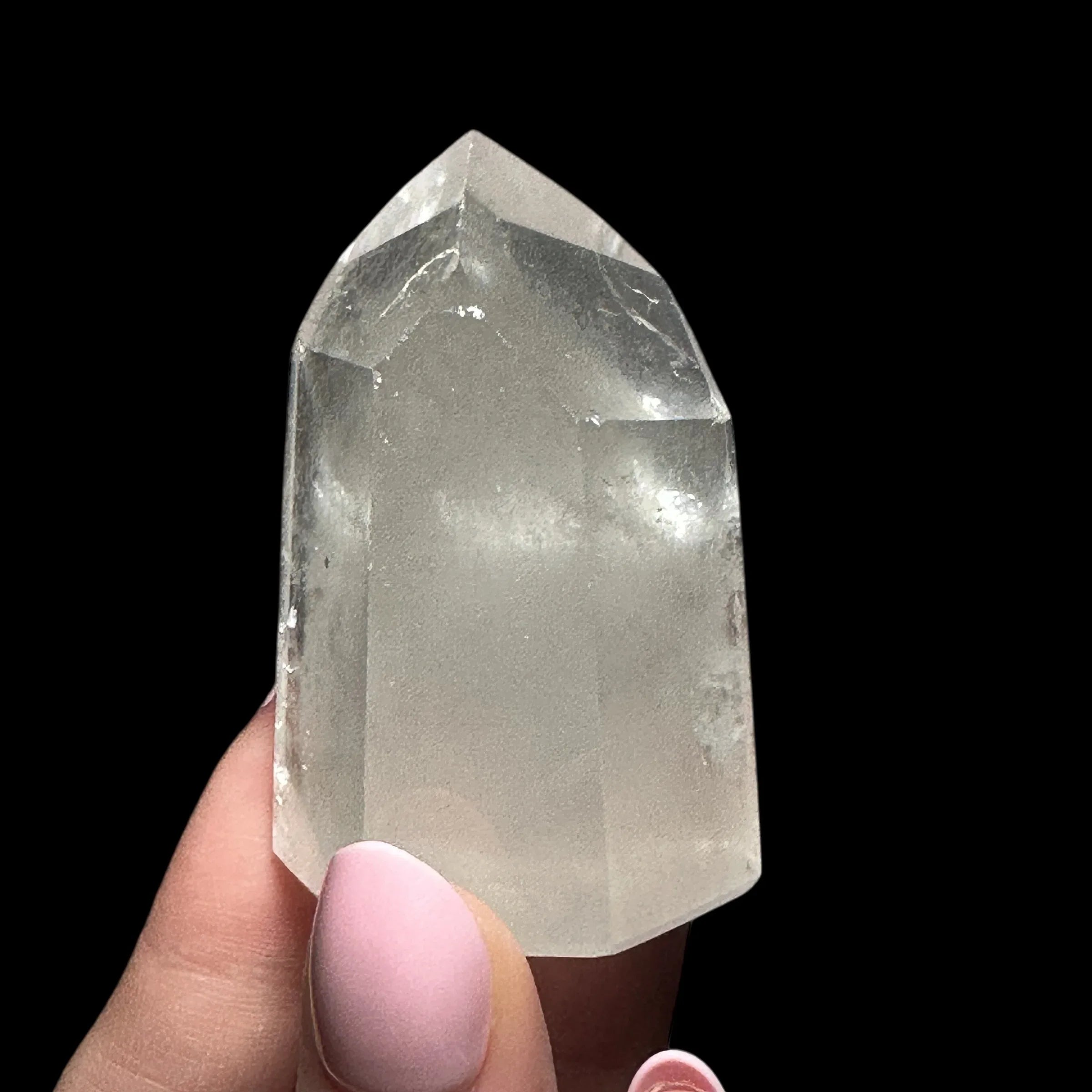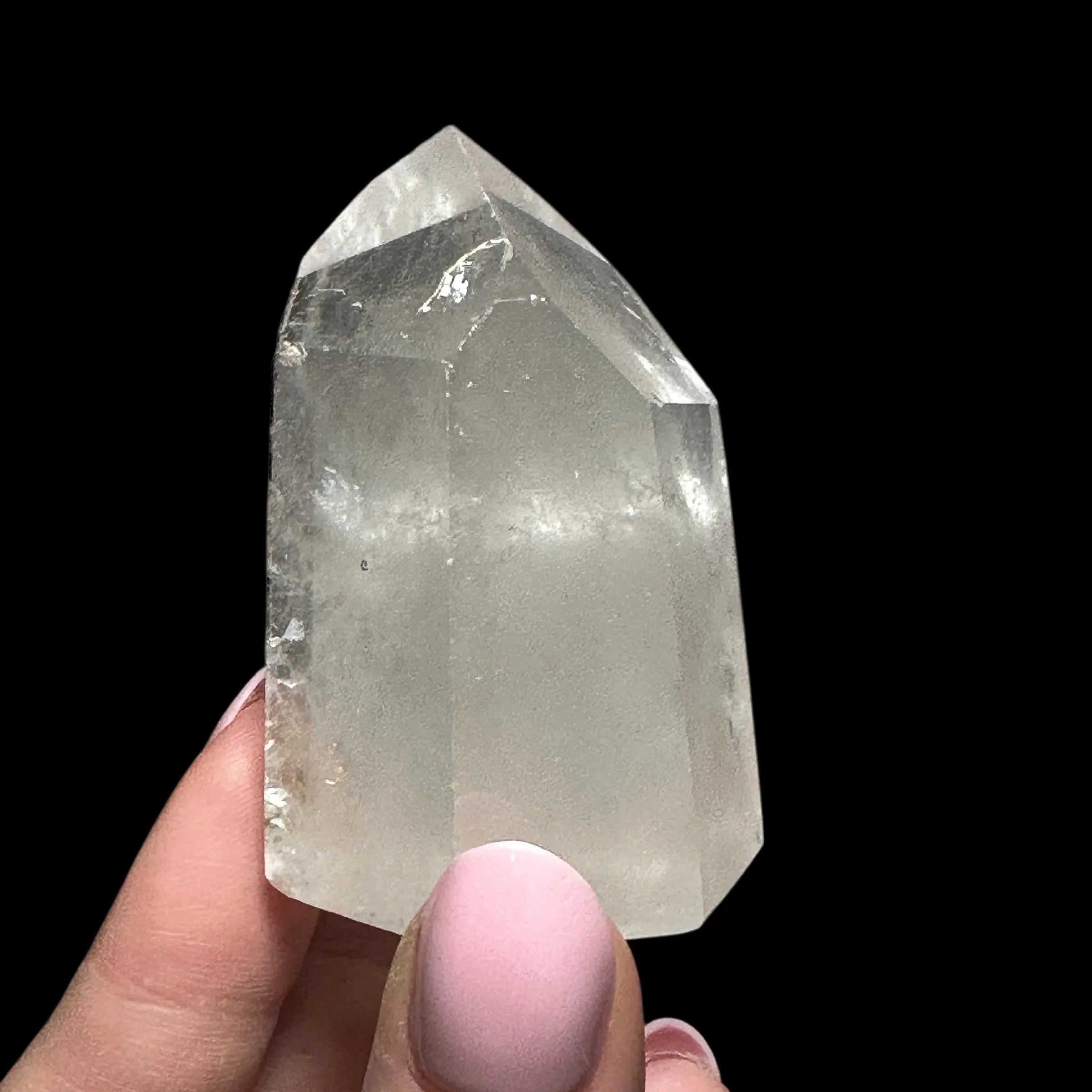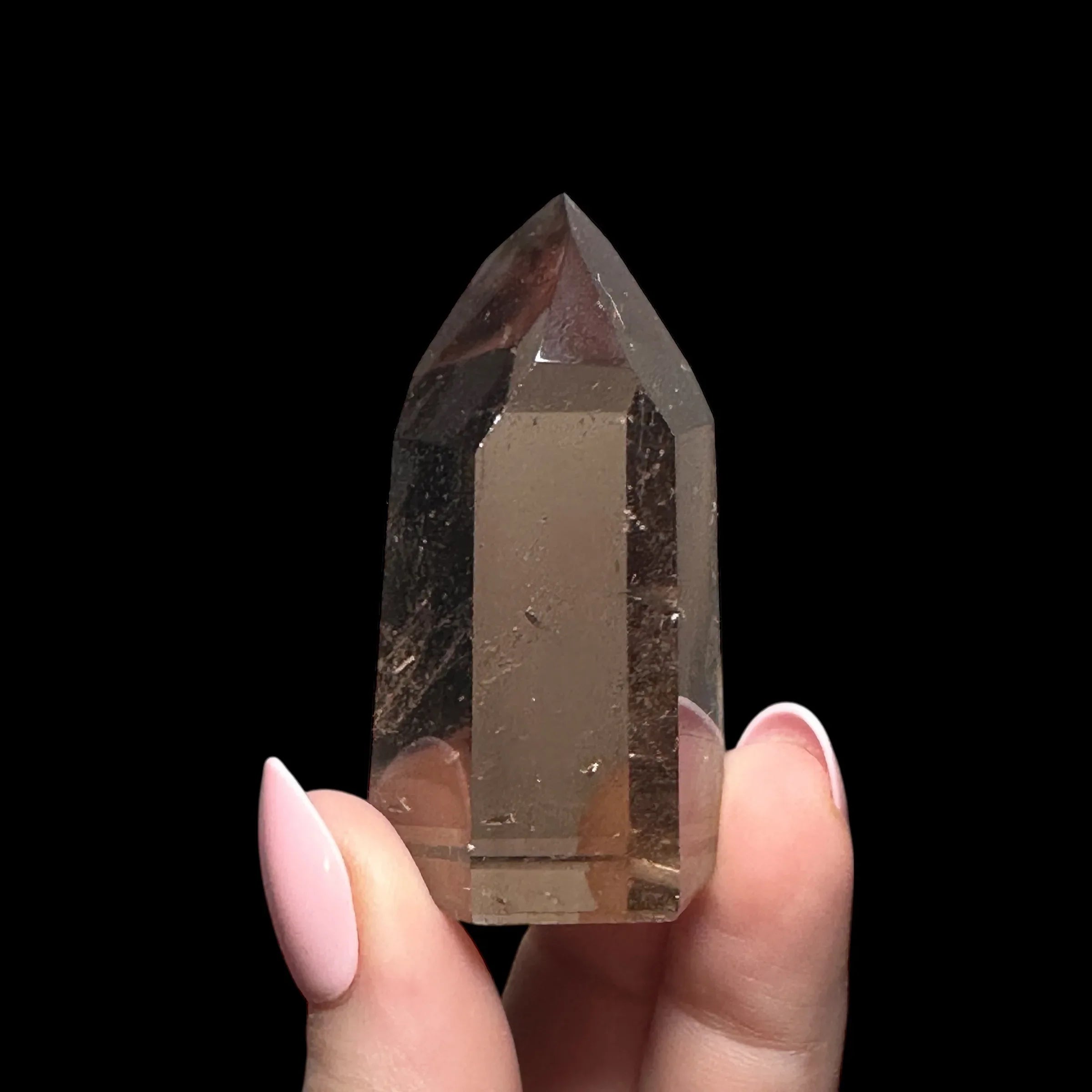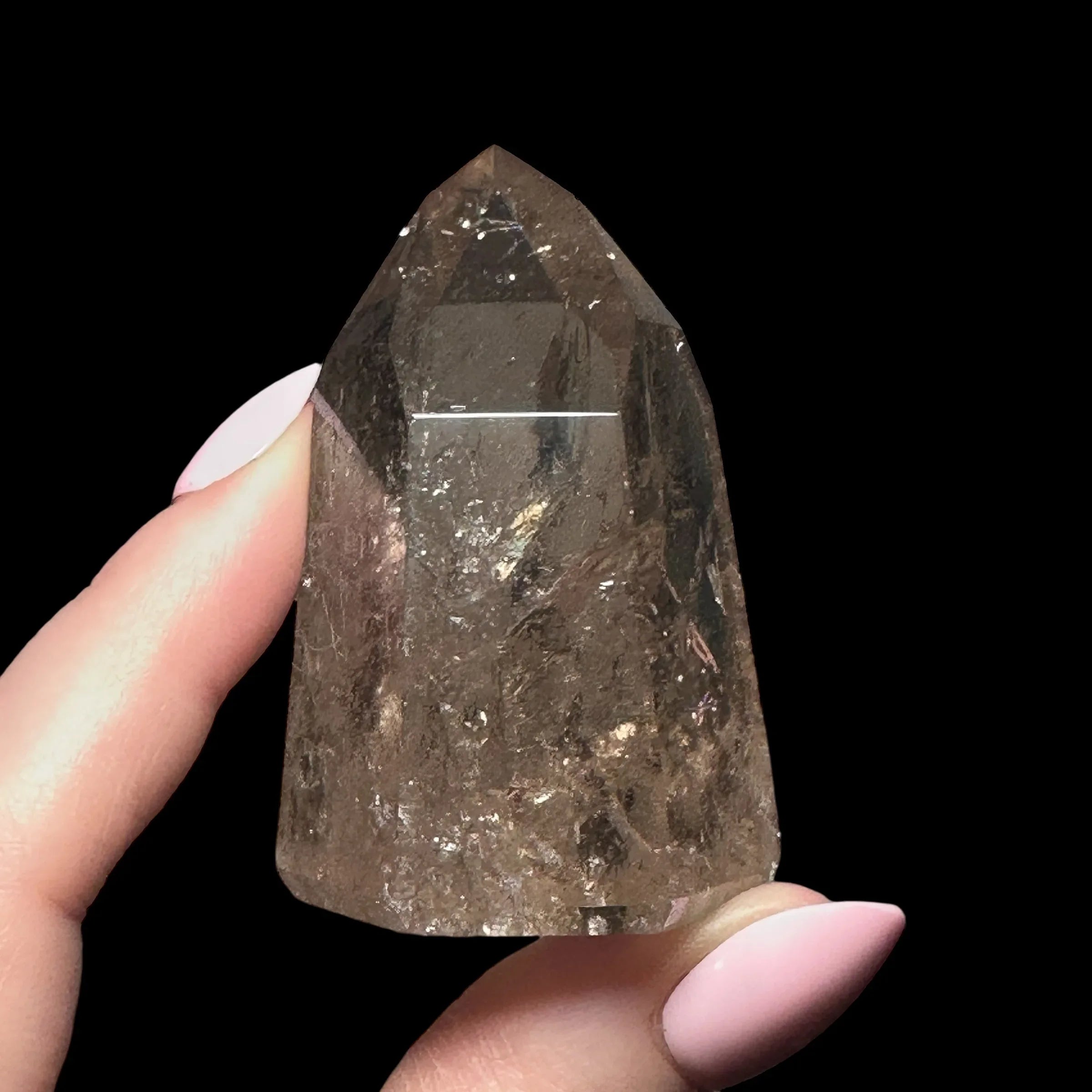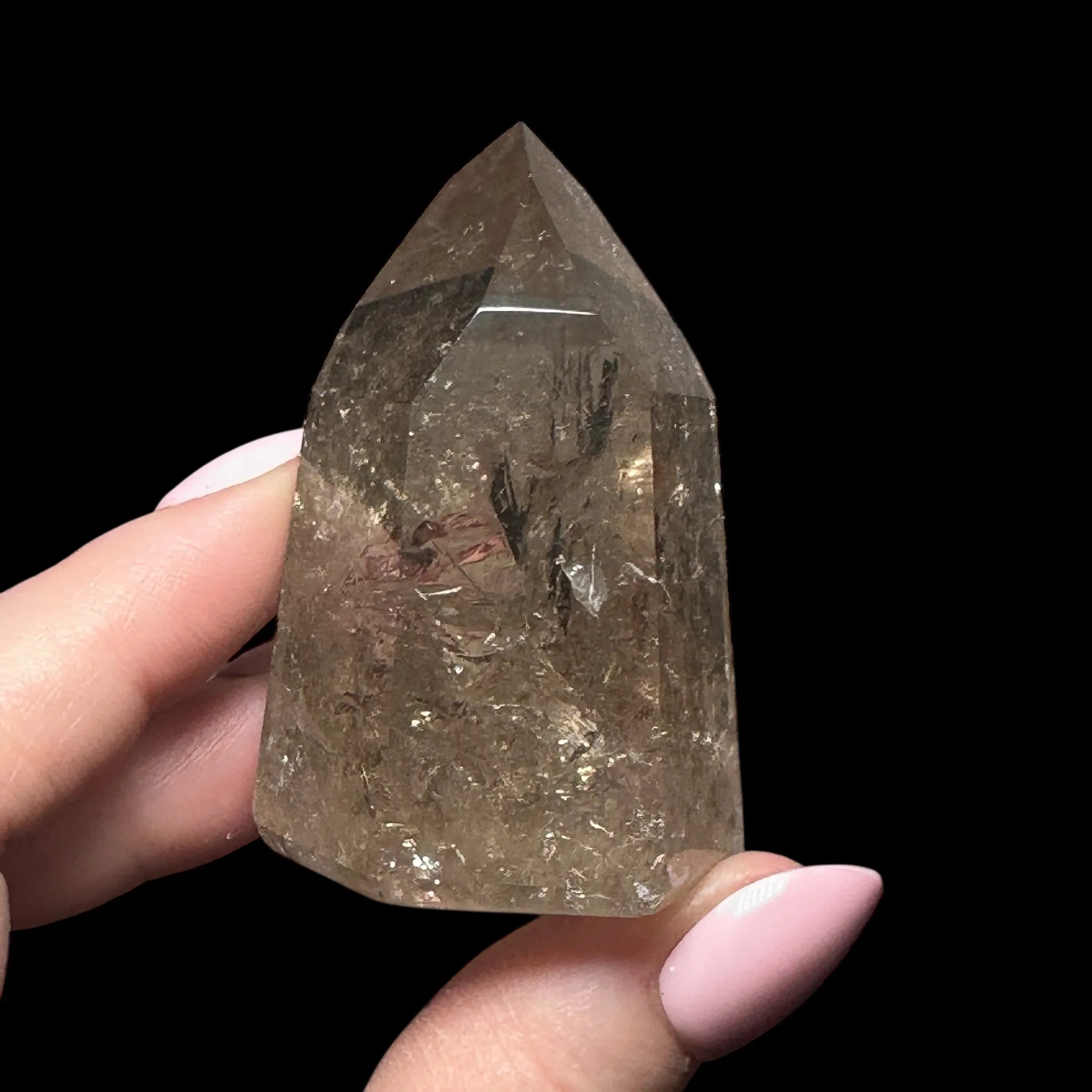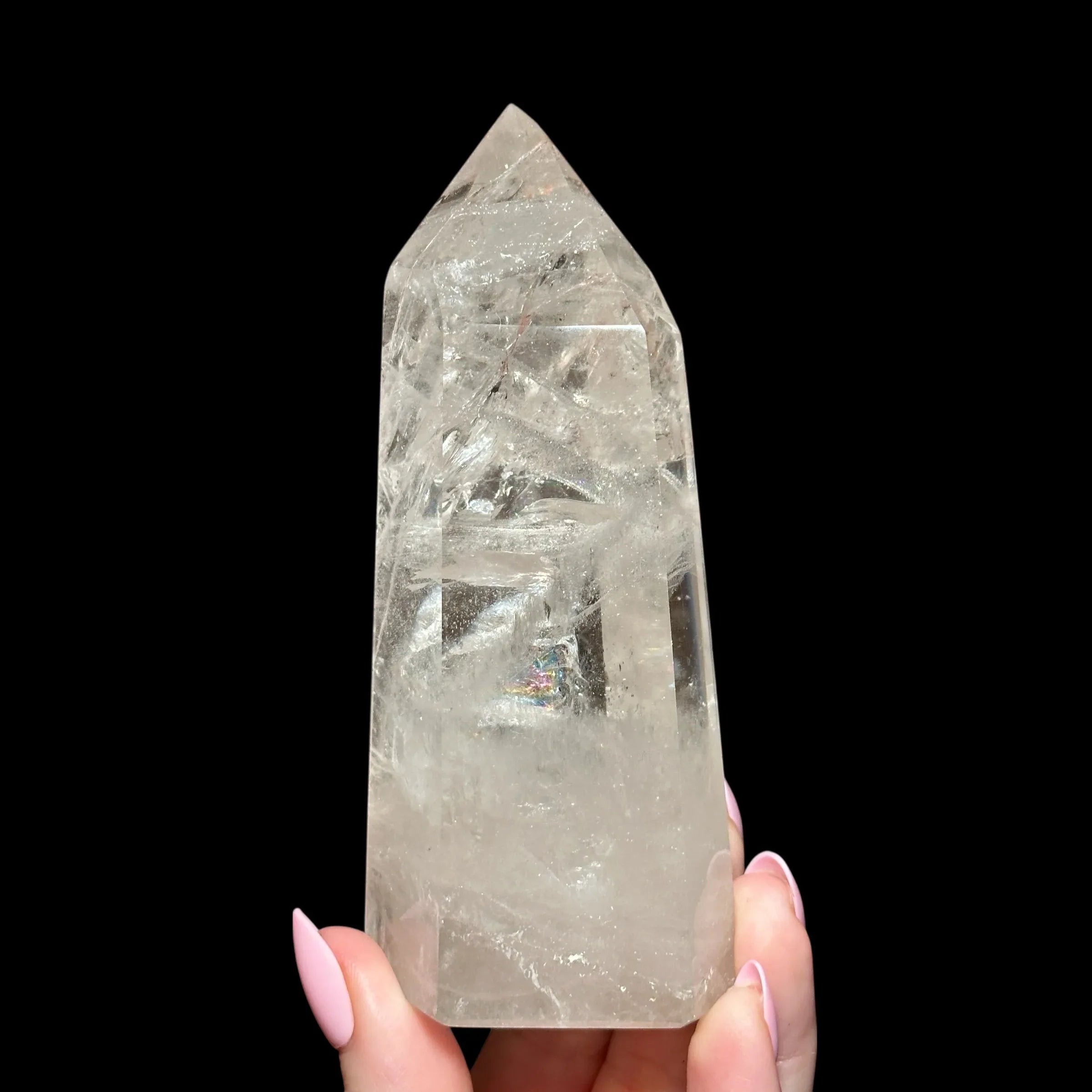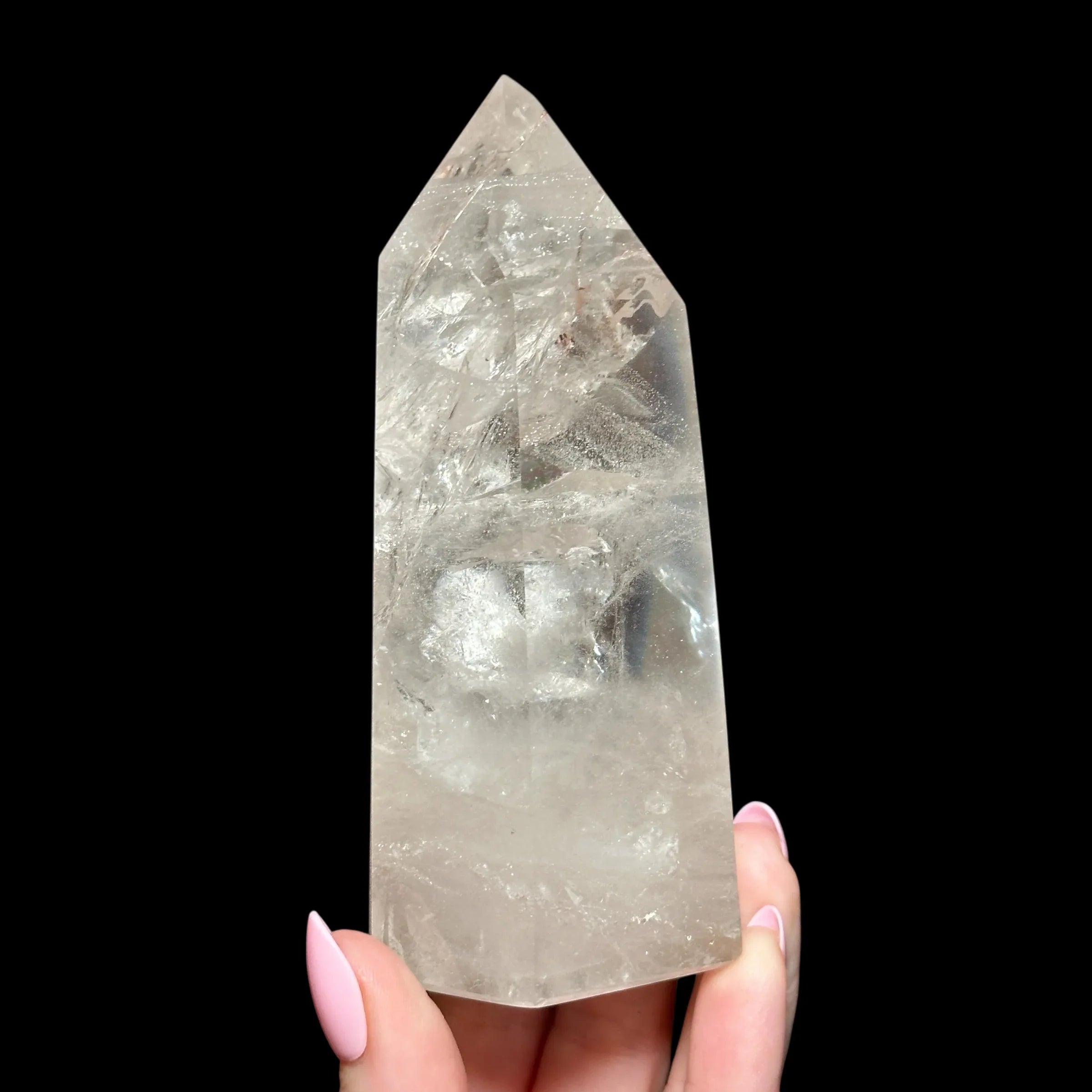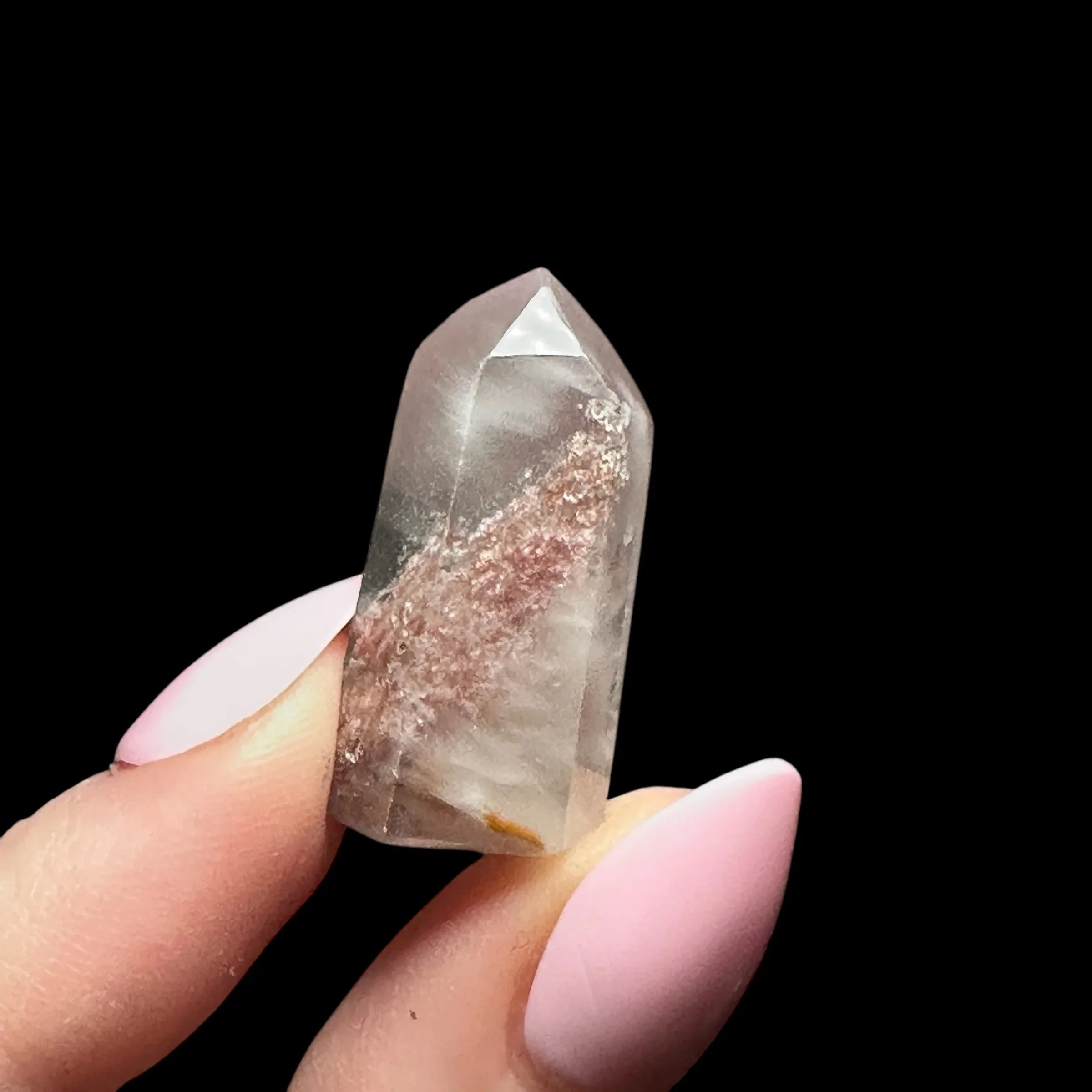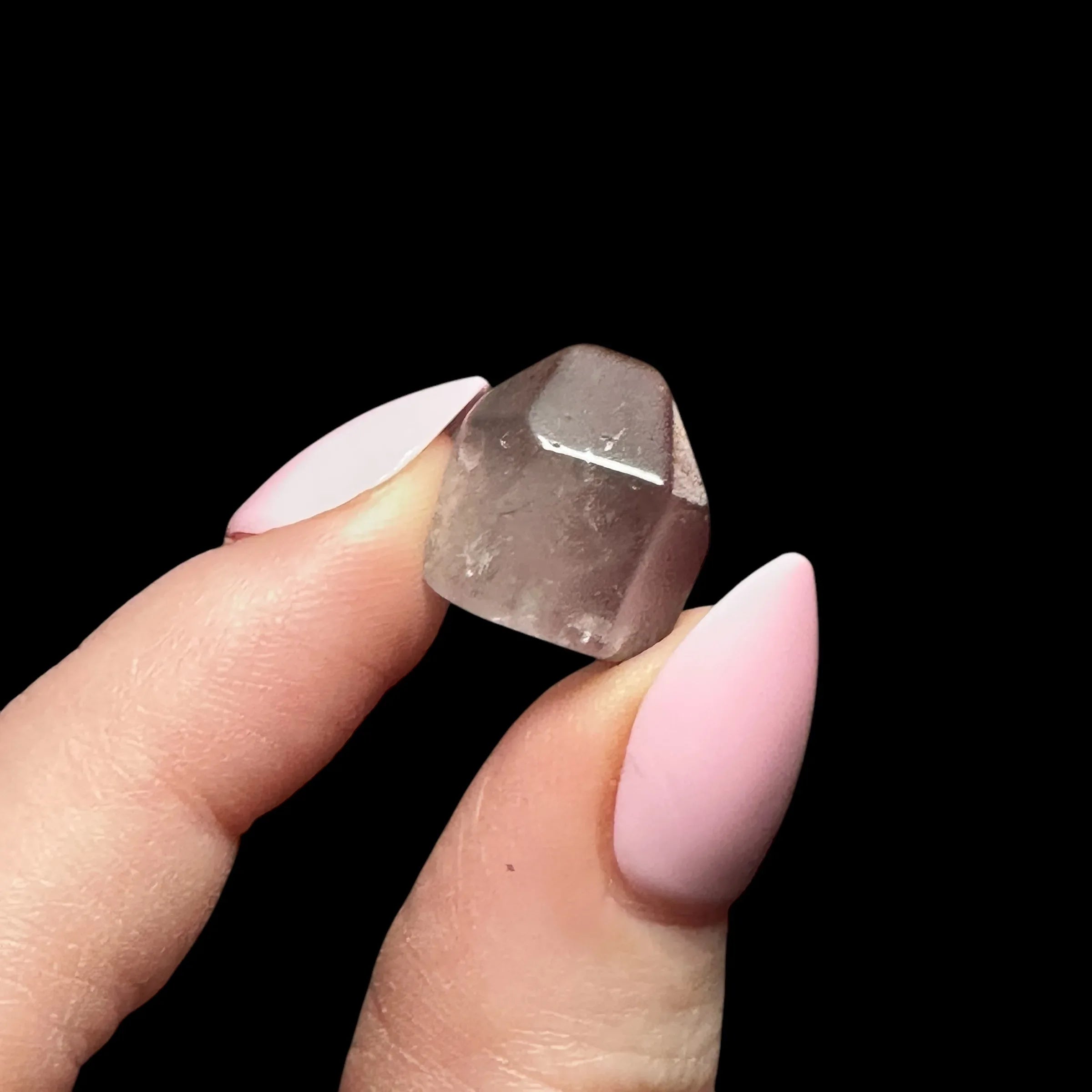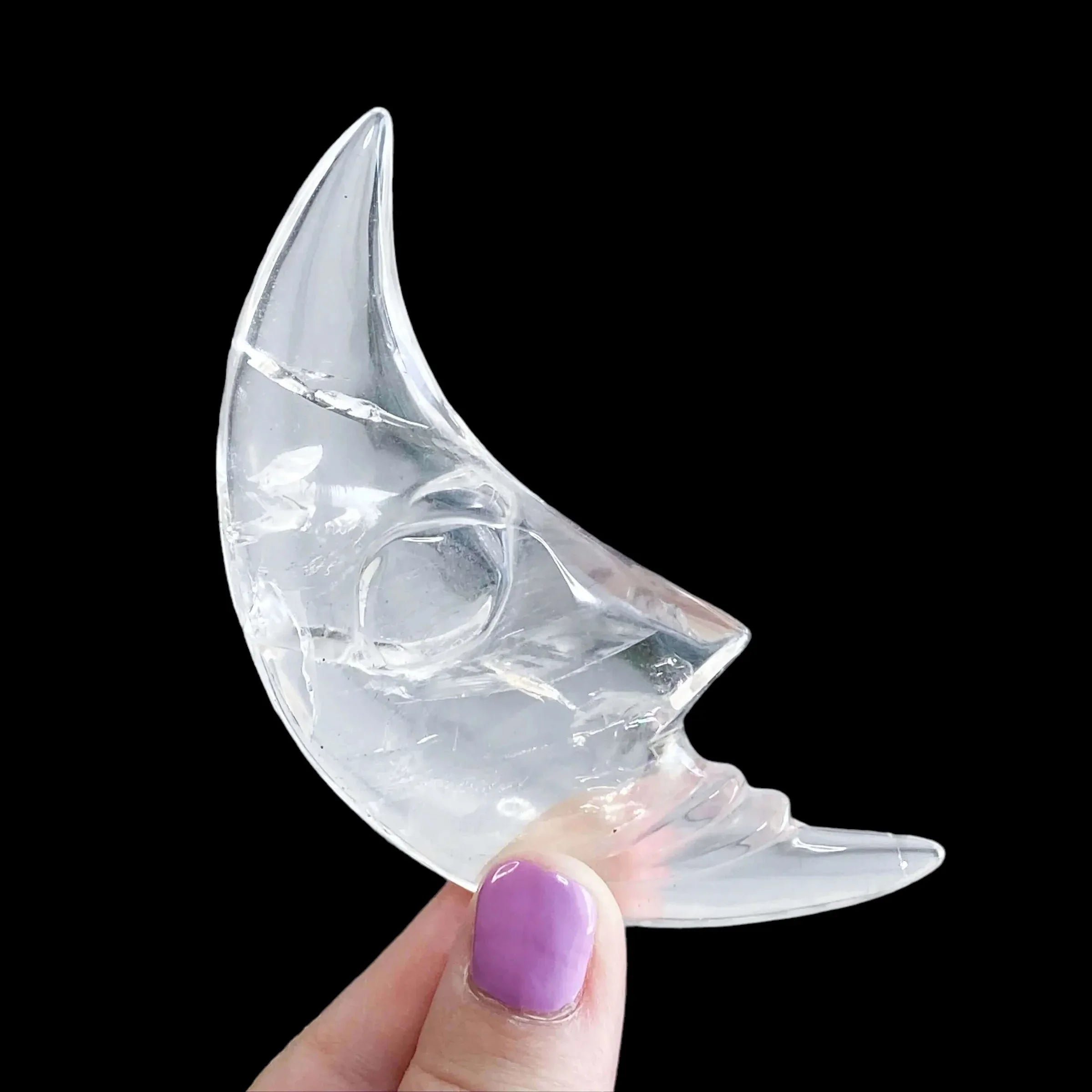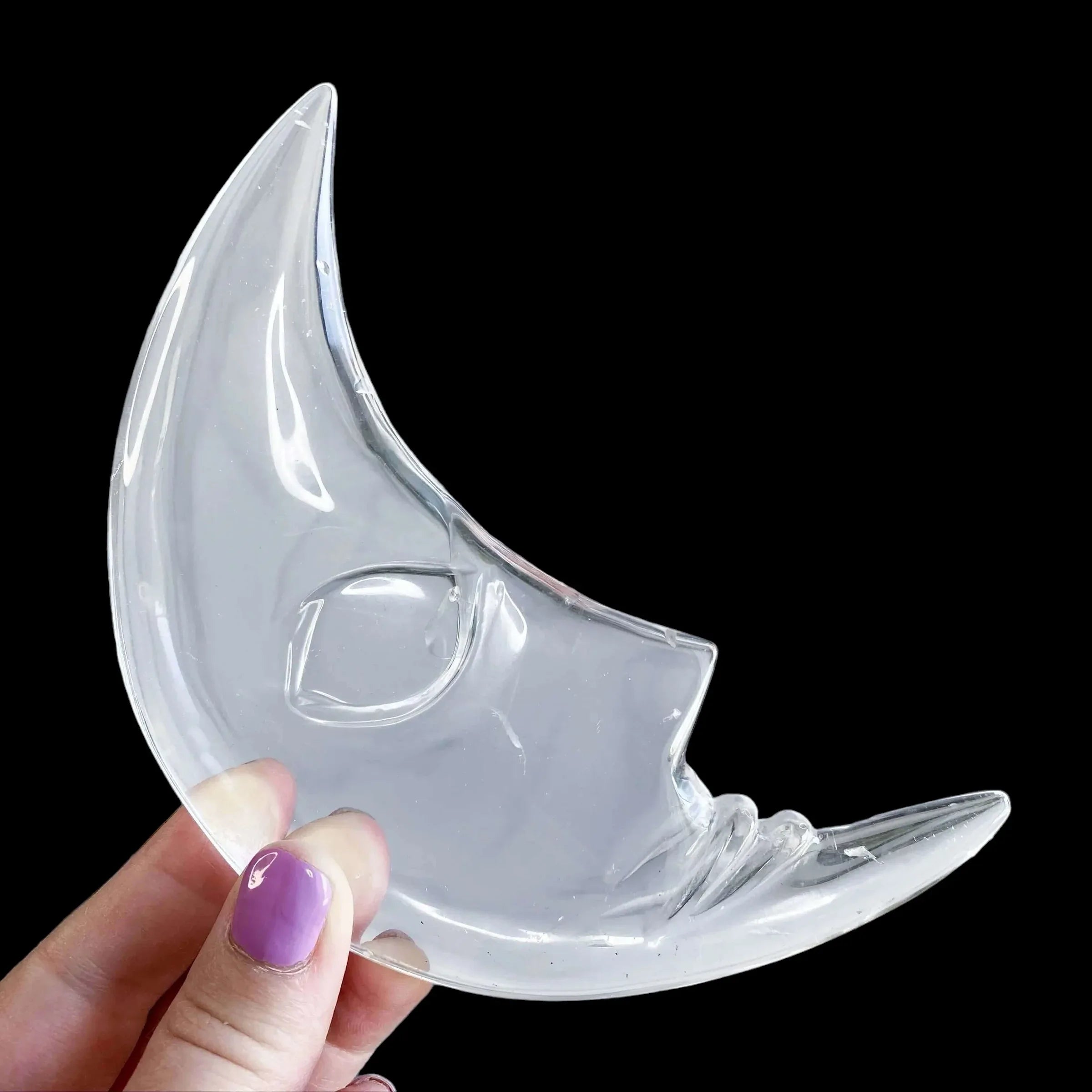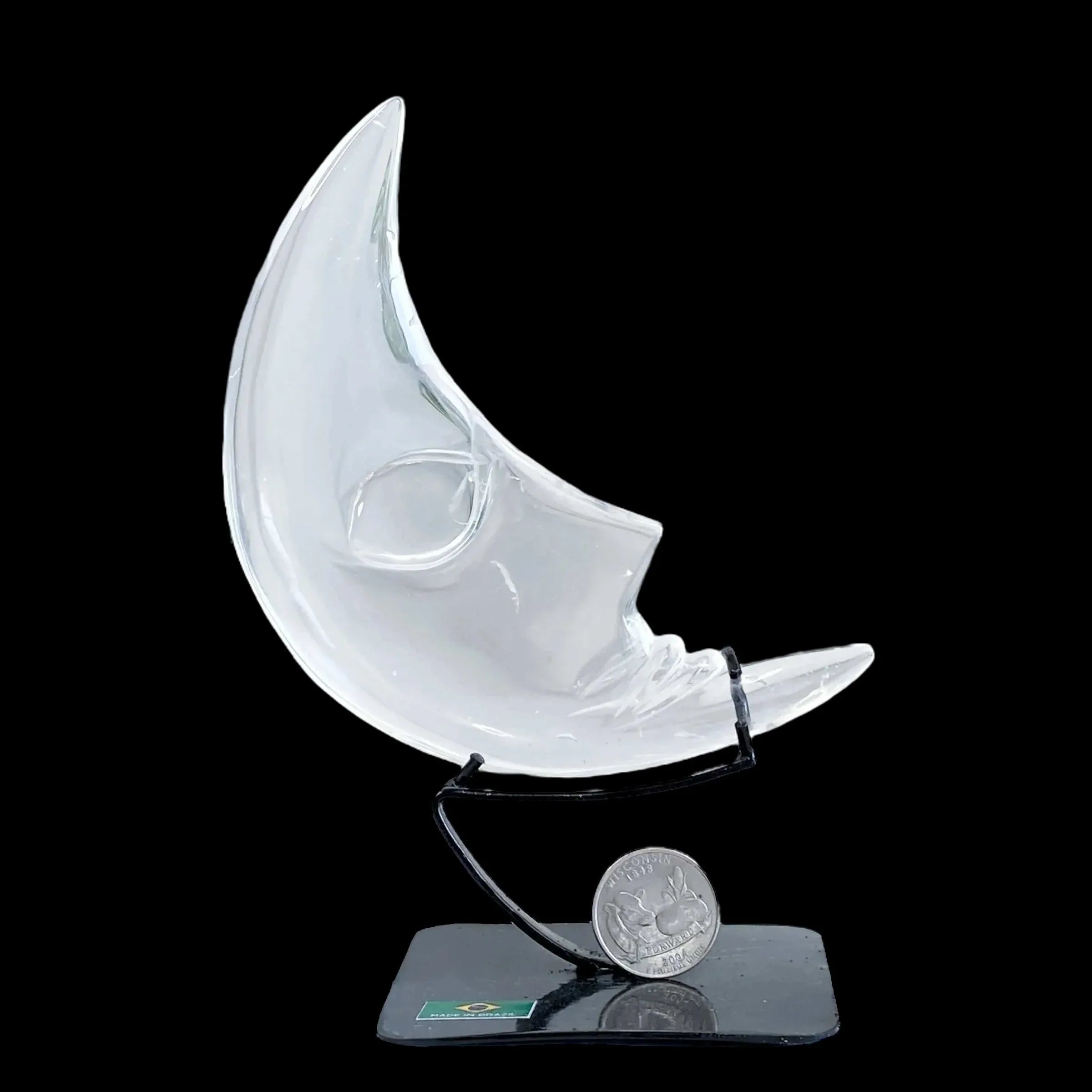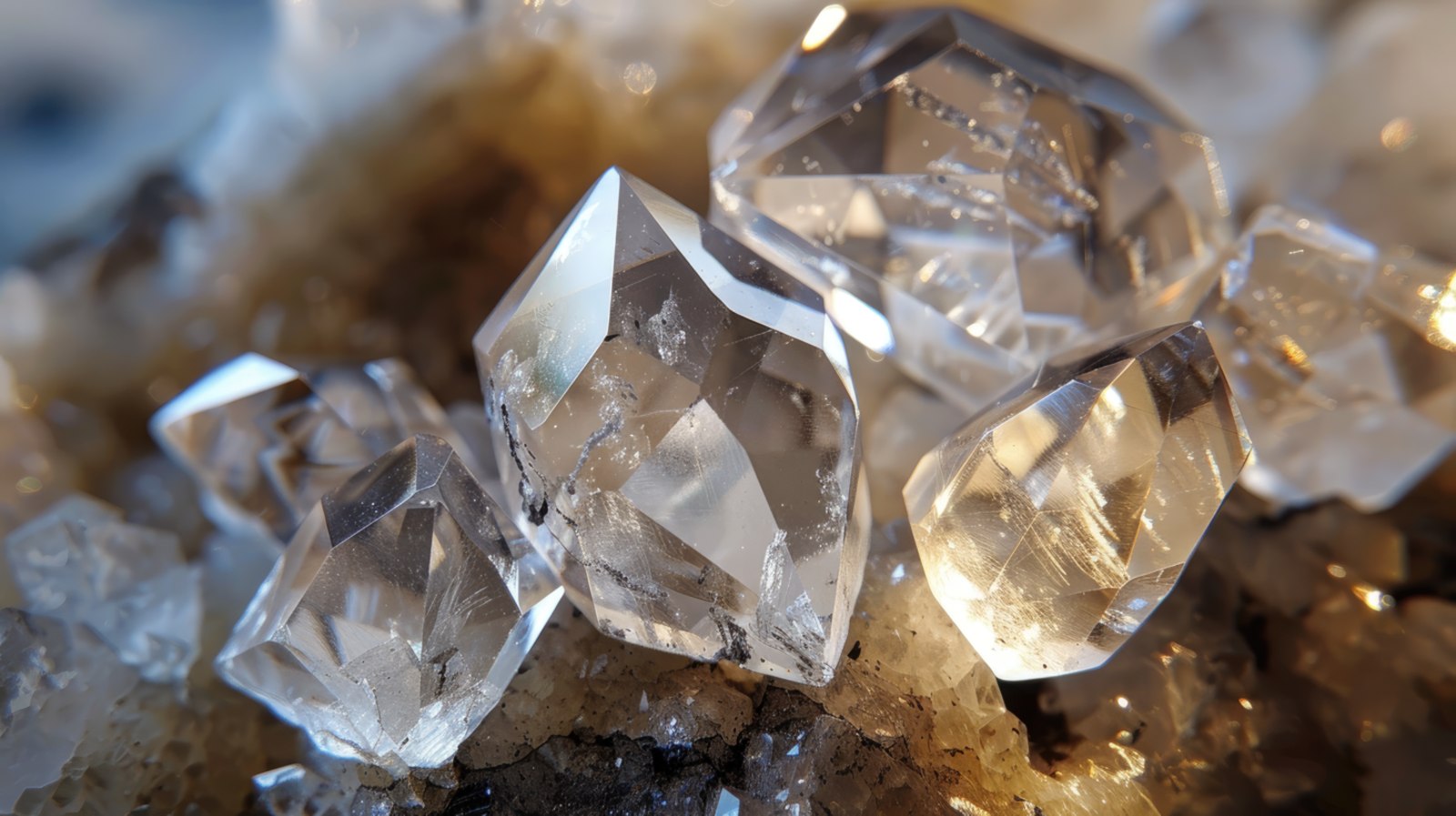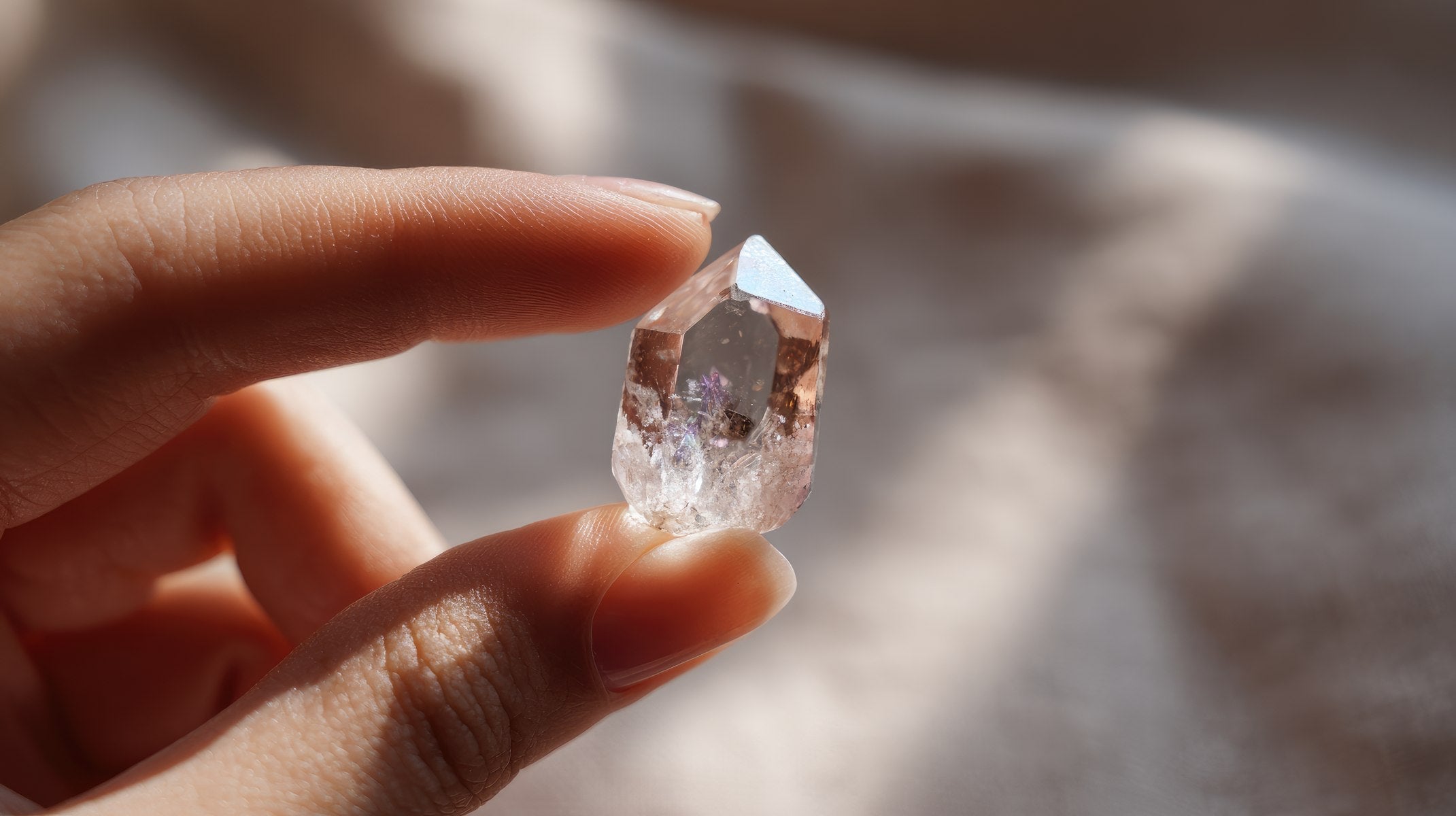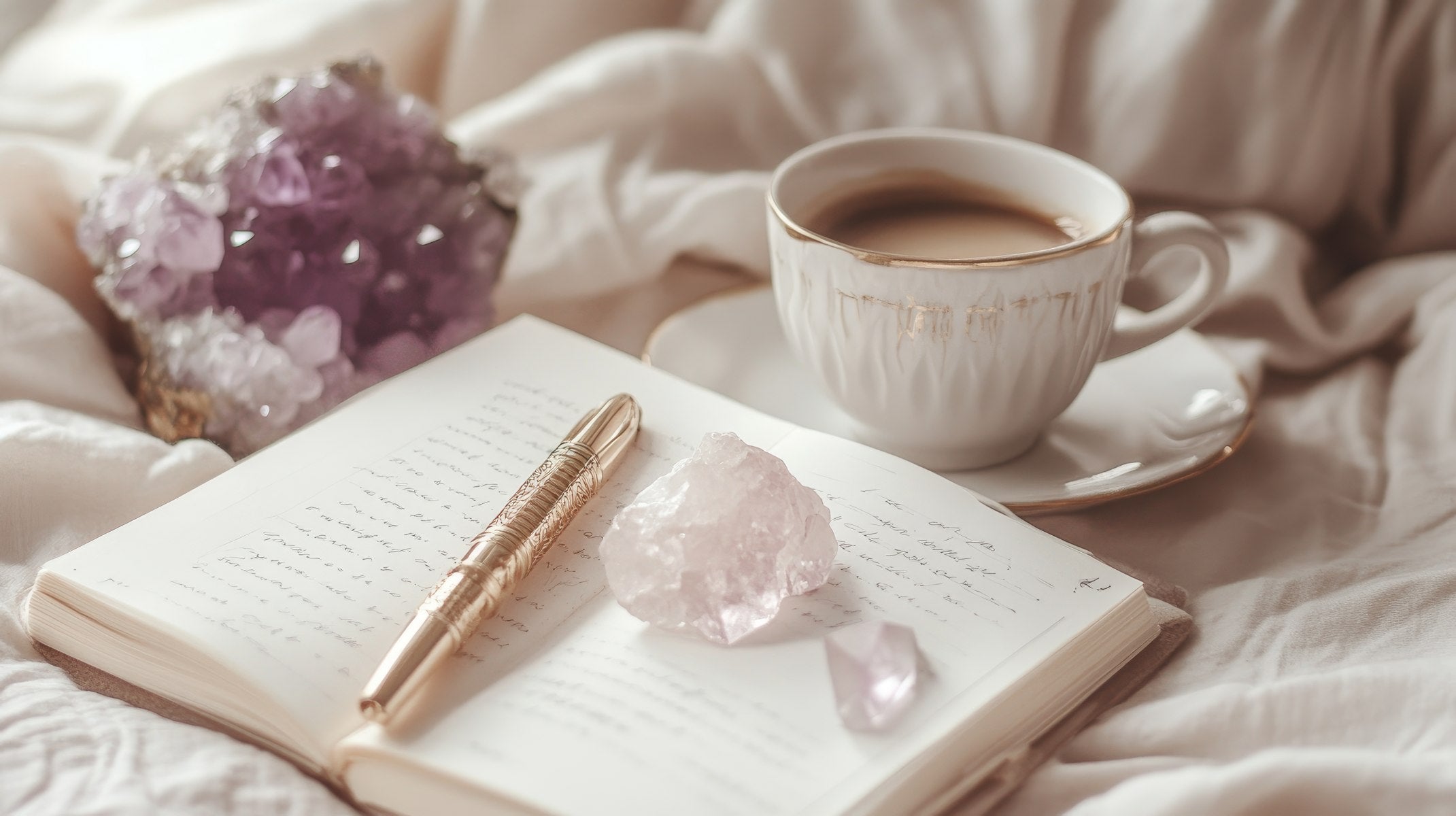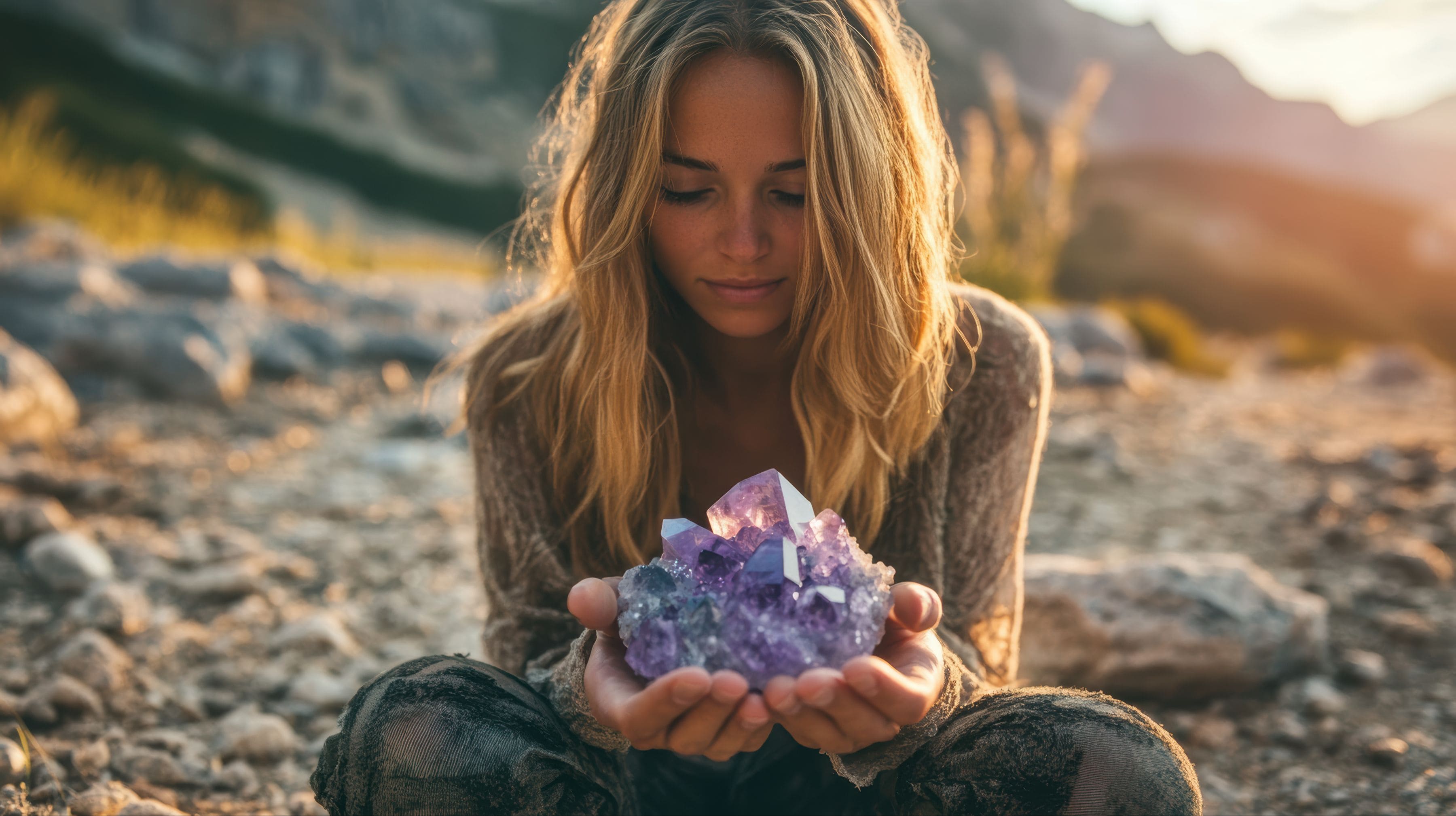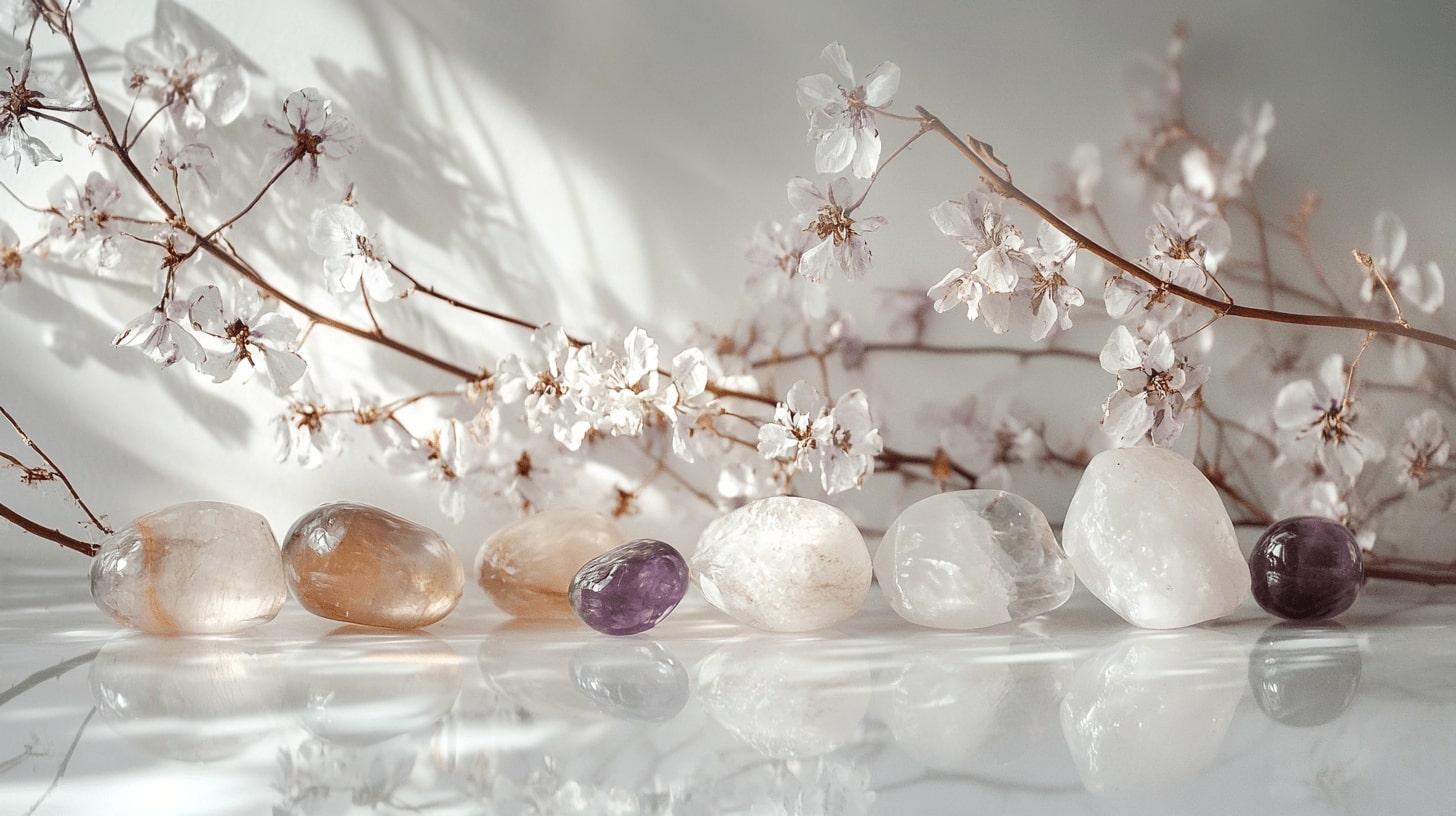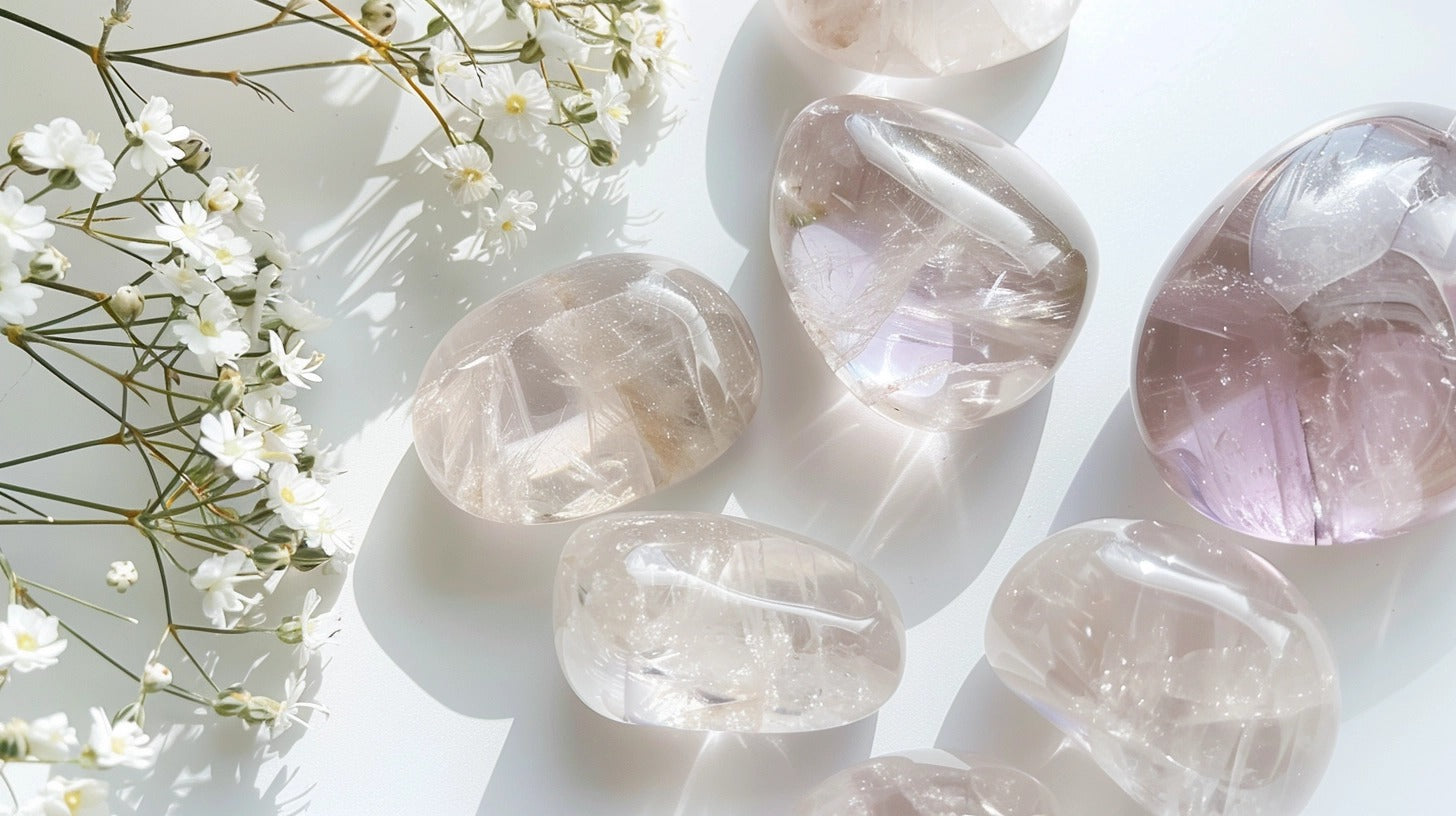
10 Quartz Facts You Need to Know
What is quartz?
Quartz is a stone that almost everyone is familiar with – whether they realize it or not! As perhaps the most abundant mineral on Earth, it’s worth paying attention to. It also has a long history of lore, tradition, and practical uses – let’s take a look at some of these, plus a few fun quartz facts! This mineral can be found all across the globe:

Quartz, itself, is a colorless mineral that can be either transparent (clear/see through) or opaque (not see though). When other minerals grow with it, the color can change. For example, did you know that the purple-colored mineral amethyst is a type of quartz? It’s true! Amethyst is quartz that has been colored with other minerals, including iron. Citrine – which has a yellow hue – is also a variety of quartz which, again, takes on different coloring from the added minerals (we talk more about citrine here).
What does quartz look like?
Quartz comes in all shapes and sizes. It grows in large masses, as well as clusters of points. Once it’s in the market, it is often cut or carved into numerous shapes. This can include spheres, pyramids, skulls, and wands, and much, much more.

Crystal points can be sold either raw (uncut/unpolished) or polished (all of the rough edges and growth lines are sanded down) – or any variation of those! Often, you will see some quartz points that are “partially polished,” meaning that some of the sides or faces have been polished, while others have been left in their natural, rough state.

Why do people like quartz?
One of the reasons that quartz is so popular is because it is easy to purchase: it can be found in most any crystal shop, both brick-and-mortar and online. It is also easy to come across pieces that are very affordable! Of course, depending on the size, shape, and/or “grade” (quality), it may be more or less expensive. But quartz is also beautiful: its clear points can be absolutely stunning!

If you’re wondering about the metaphysical properties of quartz, there are many! Primarily, quartz is said to be an amplifier – it can amplify the properties of other stones. Interestingly, this is also one of its uses in everyday life: as a way to move energy from one place to another. Quartz is also easily programmable: When you set your intentions for the stone, it can help to amplify that energy, whether it be for abundance, love, or peace.
Quartz Facts
So what is quartz good for? Turns out, just about everything! Here are some facts* (sources listed below) about quartz:
- Quartz crystals have been used throughout history as a gemstone in jewelry and decorations
- Quartz crystals are used in electronics to transfer mechanical energy into an electrical sign or digital electrical signal into mechanical movement
- Quartz crystals have a piezoelectric property that is widely used in electronics. Radios, Microphones, robotics, timers, clocks, buzzers, watches, and many more electronic components and devices use quartz crystals
- Sand containing quartz is used to make glass
- Although there is no scientific data to support this use, quartz crystals were used by different cultures as medicine as healing stones or energy stones
- Granite is a type of igneous rock that contains at least 20 percent quartz. Granite is used for tables, countertops, and ornamental fixtures
- Quartz is so abundant that almost every rock contains at least a small amount of it.
- Quartz weighing 90,000 lbs. has been mined in Brazil.
- Because it contains pure silicon, quartz is used to make many computer components.
- Quartz occurs in virtually every color. Common colors are clear, white, gray, purple, yellow, brown, black, pink, green, red.
*Facts 1-6 can be found on sciencewithkids.com; 7-9 can be found on softschools.com; and 10 can be found at geology.com

Quartz sand[/caption] I hope you learned something new about quartz! Is there anything that surprised you? Which fact do you think is most interesting? Be sure to check out the quartz that we have in stock in our shop!
Love this? Pin it!

